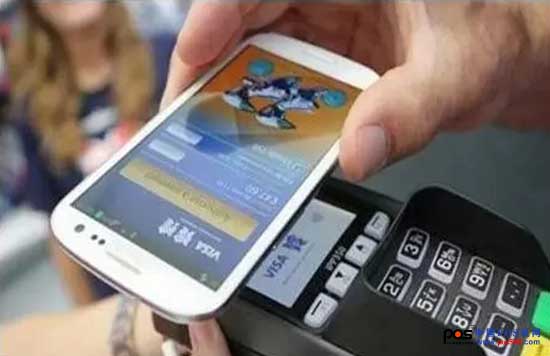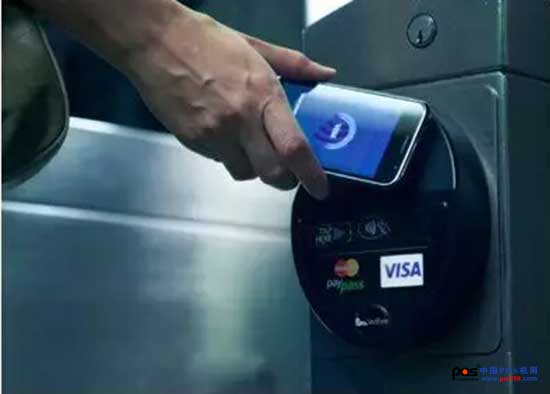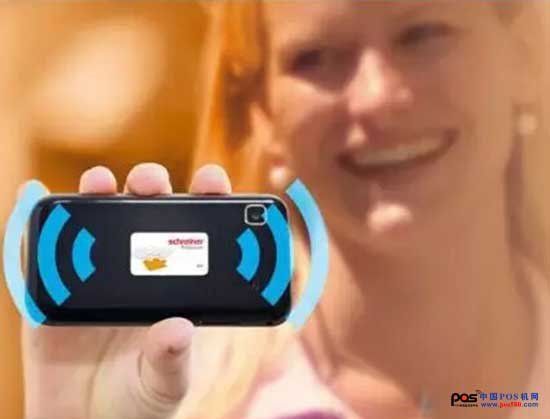Place our Rain Guagein your garden, yard or anywhere you want, it will bring a beautiful atmosphere and more refreshing feel of nature.
Water Rain Gauge is a great gift for friends and family. Durable, waterproof and rust-proof, widely use such as garden, backyard, patio, planter pot and so on.
At the beginning of 2016, as China UnionPay announced that it had reached an agreement with Apple and Samsung on Apple Pay and Samsung Pay to enter China, and the news of the launch of payment services, the NFC payment market seems to usher in another development opportunity. For a time, the NFC industry chain, which was originally engaged by operators, financial companies, and intelligent terminal manufacturers, has poured into many Internet companies and is gearing up at the “entrance†of NFC commercials. 
But this is not NFC. In fact, in many NFC-related forums and media reports, “helping to drive the upgrading of China’s huge information industry manufacturing structure will help traditional financial institutions transform into mobile payments and Internet finance, and help communication operators. The macro-planning of the transformation and upgrading of the business is endless. Compared with other mobile internet technologies, NFC seems to have been given more industry transformation tasks, rather than how to "commercially and facilitate the people as soon as possible." 
For this question, the reporter interviewed Mr. Jia Ke, general manager of the strategic cooperation of the GSMA Asia-Pacific region responsible for NFC project development in the Asia-Pacific region. In his view, the current status of NFC is caused by five aspects.
First, the method of scanning payment for mobile terminals such as Alipay and WeChat payment has developed rapidly in China, almost far ahead of the international market, and the implementation method is more convenient than NFC. This is due to the relatively rapid development of China's overall e-commerce, the relatively easy coverage of scan code payment from online to offline, and the low threshold for payment technology.
Second, China's domestic regulation in this area is relatively flexible, and many countries in the world are highly regulated in mobile finance. In contrast, Taiwan has just issued a third-party payment license, which is much behind the country. The EU issued a third-party payment license in 2015. This has also prompted the rapid development of various domestic payment technologies.
Third, the scanning code payment technology is easy to implement, the merchant acceptance level is also easy, the terminal transformation cost is very low, and the Internet enterprise's pushing ability is also high.
Fourth, payment methods such as Alipay are dominated by Internet companies. The pre-work, such as bank card binding, is done by the Internet companies in advance, and quickly pushed to the market in the convenience of consumers. NFC is a cross-border cooperation involving many parties, and the dominant party is not yet clear.
Fifth, NFC implementation requires the support of new card readers and NFC-enabled mobile phones. Although many mobile phones currently on the market are equipped with NFC functions, they are not understood by consumers, are not applicable, and need to be replaced with SIM cards and software. Business upgrades are higher due to factors such as upgrades.
China's contactless payment application is still relatively junior. Although China UnionPay has completed nearly 4 million POS terminals supporting the UnionPay “flash payment†by the end of 2015, the entire “flash payment†has not been promoted in China. It is also not conducive to the development of contactless NFC mobile payment. Because the behavior of consumers has a process of cultivation, and "flash payment" is a good transition technology.
As for the NFC market, which has been affected by the Internet APP, Mr. Jia Ke said that NFC is still not developed on a large scale because of its internal reasons. The impact of Internet companies on it is not the main one. “In the future, various mobile payment methods will coexist and the development speed will be inconsistent.†
Compared with the United States, Europe also presents a geographical imbalance in the rapid development of NFC. Due to the early adoption of chip cards in the UK, EMV's contactless cards developed earlier and used more in the UK, which also fostered user habits for mobile payment.
In the horizontal comparison, China should be the largest market for NFC. Domestic operators have gone relatively fast, and they are different from expectations but are also advancing. At the same time, UnionPay launched a cloud payment technology based on HCE technology in conjunction with a number of banks last year. Samsung, Apple and other NFC-based mobile payment products will also come to China this year.
This industry does not have to have a dominant party, but to form a business model, mobile phone manufacturers, UnionPay and operators need to do their own NFC promotion and service, and work towards a common goal. Banks and UnionPay can promote the maturity of the payment environment. Operators can promote users to replace SIM cards, and manufacturers can increase the strength of NFC terminal updates.
For VISA, Mastercard, UnionPay and other card organizations and terminal companies such as Apple and Samsung, globalization is its advantage, and the advantage of operators is the localization advantage. The advantage of the operator is that the B2B business is relatively good, and it has entered in the government and enterprise markets, and the 2C market is not as good as the Internet company. Therefore, the application of NFC starts from the 2B market such as public transportation and school-enterprise, and is more suitable for operators to use commercial NFC. In local services, in the vertical sector, operators have the advantage that card organizations and mobile phone companies do not have. Therefore, the NFC application is cut from the vertical areas such as public transportation and school-enterprise, which can better reflect the advantages of operators. At the same time, users in these areas have clear needs, but there is currently no suitable alternative to NFC on mobile phones. Unlike the payment field, there is no need for NFC, and it is also implemented by scanning code.
On the security issue, there is currently no evidence to prove that NFC has security issues. At the same time, it can be found from Internet applications that users' attention to security is not as high as convenience and security. Therefore, a convenient user experience is more important.
Leveraging the power of ApplePay and Samsung Pay to enter China, NFC really has a chance!
Do you want to make your Garden more beautiful and attractive?
Solar Powered Metal Rain Gauge, Rain Gauge, Outdoors Fence Decoration, etc
HISMOK(SHENZHEN)TECHNOLOGY CO.,LTD , https://www.willtrademat.com